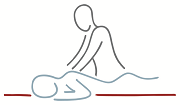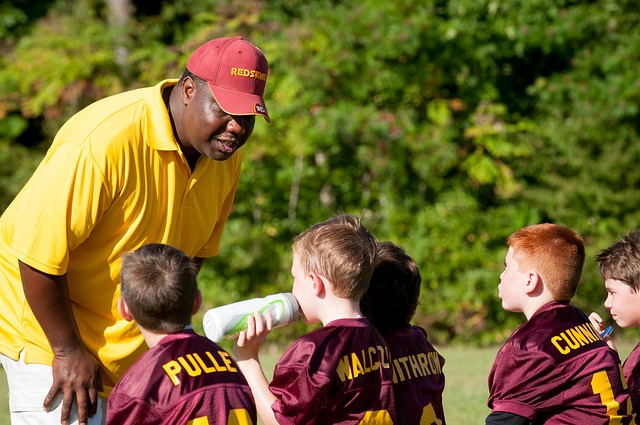Whilst it is well known that childhood participation in sports promotes physical and emotional wellbeing and can encourage a lifelong habit of exercise, too much activity at any age can lead to overuse injuries. Because young athletes are still growing, they are at greater risk of injury than adults and the consequences of overdoing their sport can impair growth or lead to long-term health problems.
Overuse injuries can occur in many sports but the most common involve the foot, knee and shoulder. (Running, Jumping and Swimming). This type of injury develops gradually as the same groups of muscles are used time and again with not enough rest between training sessions. This is the same at all ages, but in children, their Musculo-skeletal structures are growing at uneven rates and this adds extra stresses to the body which makes them more susceptible to muscle, tendon and growth plate injuries. Growth plates are the areas in the bones where growth takes place and repetitive stress here can have long term effects on the skeleton.
If we find a sport that we enjoy and are successful at, we want to play it more often. Children are no different and sometimes play/train most days after school as well as during P.E. lessons. Parents and coaches often encourage this activity considering it to be better for the child than time spent indoors, in front of a screen.
However, it is parents and coaches who need to be aware of the most common causes and symptoms of overuse injuries so that they can advise and guide their young athletes.
Causes can include –
Pressure to compete, leading to large amounts of training and playing
Early specialization
Incorrect training techniques
Not using the correct equipment for their size and strength
Common symptoms include –
Pain that cannot be attributed to a fall or bump
Swelling
Changes in athlete’s form
Decrease in interest to participate
Athletes of all ages will often try to train through minor pain so coaches and parents need to be aware of more subtle signs that injury may be affecting their children and athletes should be encouraged to confide in the adults about how they are feeling.
Some common overuse injuries in children include –
Sever’s Disease – This is an inflammatory condition of the growth plate in the heel bone and causes pain during running and jumping. It often occurs when children hit a growth spurt in adolescence. Primary treatment is rest until pain goes away. A gentle return to sport should then be possible although, Sever’s can reoccur. Heel pads, stretching of the Achilles tendon and calves and anti-inflammatory drugs can all help.
Osgood-Schlatter Disease – This is another growth plate inflammation injury. Pain occurs at the top of the shin bone, just under the knee cap. It is caused by the pulling of the Quadriceps muscles on a bony prominence in this area and is more common in teenage boys. Rest, stretching and anti-inflammatory drugs are usually recommended. Often the bony prominence (Tibial Tubercle) becomes very pronounced and this can remain for life. Untreated, Osgood-Schlatter disease could lead to a break in this tubercle which would require splinting and a prolonged time away from sport.
Stress Fractures – These can occur when muscles become fatigued and transfer the overload of stress to the bones. Bone is in a constant balanced cycle of building up and breaking down and this extra stress can interfere with the cycle causing bone to become weaker and eventually small cracks can develop. Although this stress is not enough to cause a completely broken bone, stress fractures require 6-8 weeks of healing and a cast or brace may be required for support. They are more common in the weight bearing bones of the leg and foot and return to sport should be gradual so as not to re-injure the bones.
There are some simple strategies to avoid overuse injuries –
Do not spend more hours per week than your age playing organised sports.
Do not specialize in one sport before late adolescence. Multiple sports will lead to all over fitness and strength.
Always use age specific training techniques and equipment.
Do not play sports competitively all year round. Take a break from competition for one to three months each year (not necessarily consecutively).
Take at least one day off per week from training in sports.
Never train through pain, discuss any issues with your coach and parents.
Always warm up well before training or competition, eat a healthy diet and keep well hydrated.
If you need help and advice with any injury and want to talk it through, please feel free to contact me .

